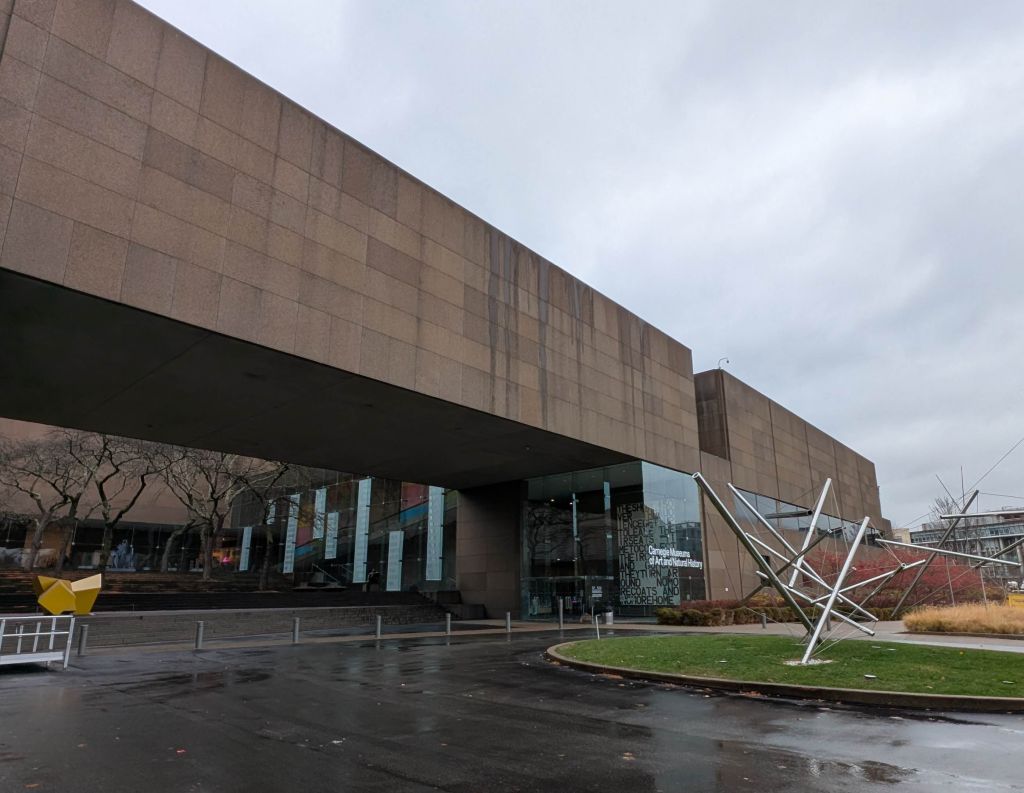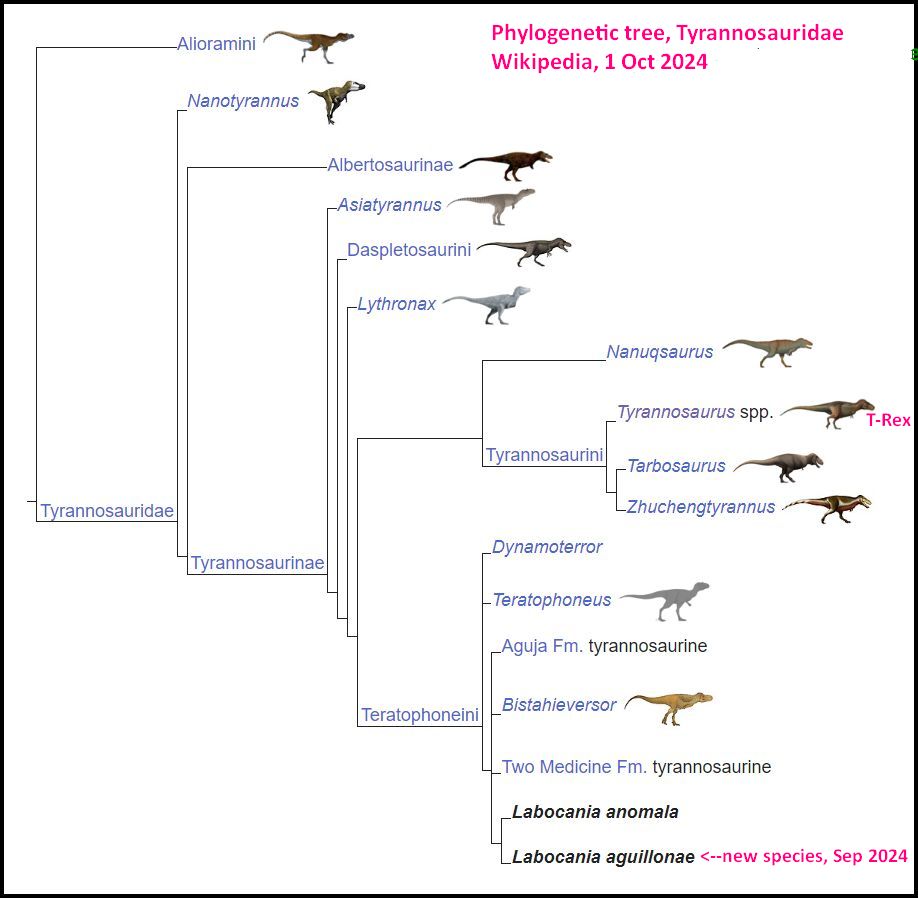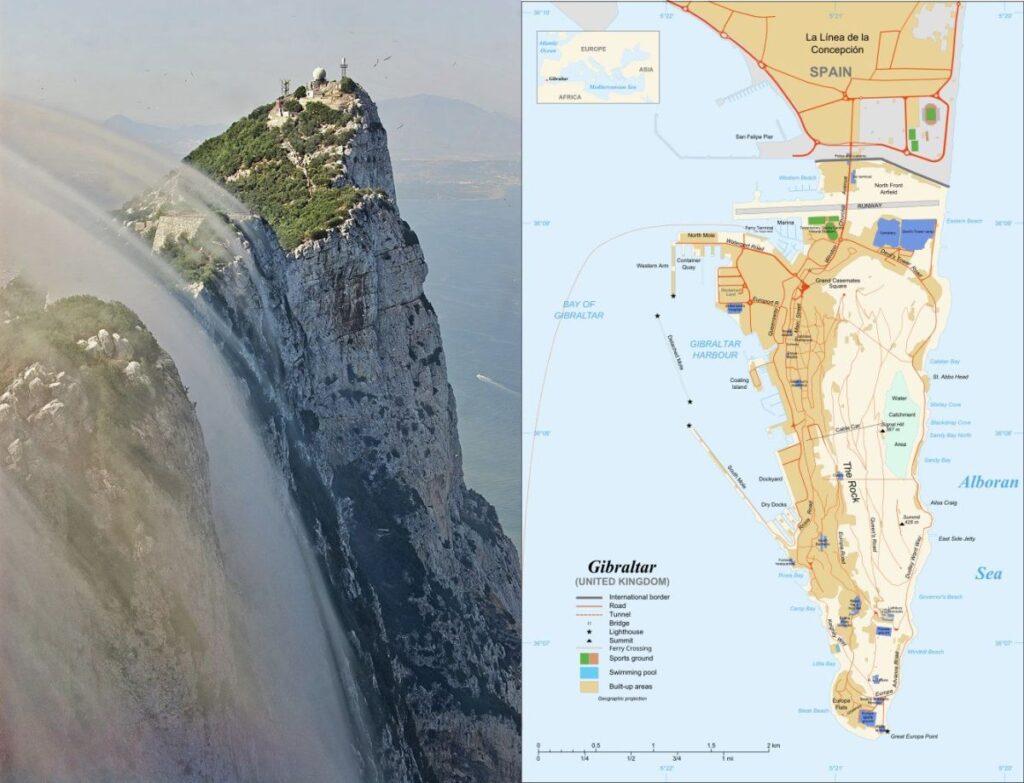
24 November 2024
You may have noticed that the price of eggs went up … or is going up again. The rise is directly related to dead birds.
It’s been only three years since the highly contagious avian influenza H5N1 arrived in North America on the wings of migratory waterfowl in autumn 2021. Though not dangerous to humans it easily kills poultry and ripples through waterfowl and raptor communities.
Among wild birds mallards are particularly susceptible and lead the infection rate in many places.

When waterfowl are sick, peregrines die after eating them hence the peregrine photo at top. Avian flu kills so quickly that in some cases peregrines have been found dead on the nest. The peregrine population at both coasts has declined in the past two years as described in Audubon Magazine: Why Are Peregrine Falcon Numbers Falling in the United States Again? … and by the Center for Conservation Biology at William & Mary …
But by far the greatest effect is on domesticated poultry. From 2022 through 20 November 2024, nearly 110 million farm birds have died because H5N1 is so contagious in crowded conditions. Even “cage free” hens are crowded.

In the past six weeks alone, avian flu has hit five large egg farms in Washington, Oregon, California, and Utah. More than 6 million hens have been culled because of exposure to H5N1 and certain death.(*)
Fewer hens means fewer eggs. So the price of eggs goes up.

Listen for news of large avian flu outbreaks and you’ll be able to predict the rising price of eggs.
(*)See H5N1 current status at USDA: Confirmations of Highly Pathogenic Avian Influenza in Commercial and Backyard Flocks)
p.s. Eggs are produced in massive crowded farms because it takes 382,000,000 hens to meet the U.S. demand for 110 billion eggs per year. As of March 2024, 60% of U.S. egg farms housed hens in cages.
Producing billions of eggs a year is an inherently messy business. Just 200 or so farmers control almost all of the nearly 300 million egg-laying hens in the United States.
— New York Times, 2016: Eggs That Clear the Cages, but Maybe Not the Conscience
































